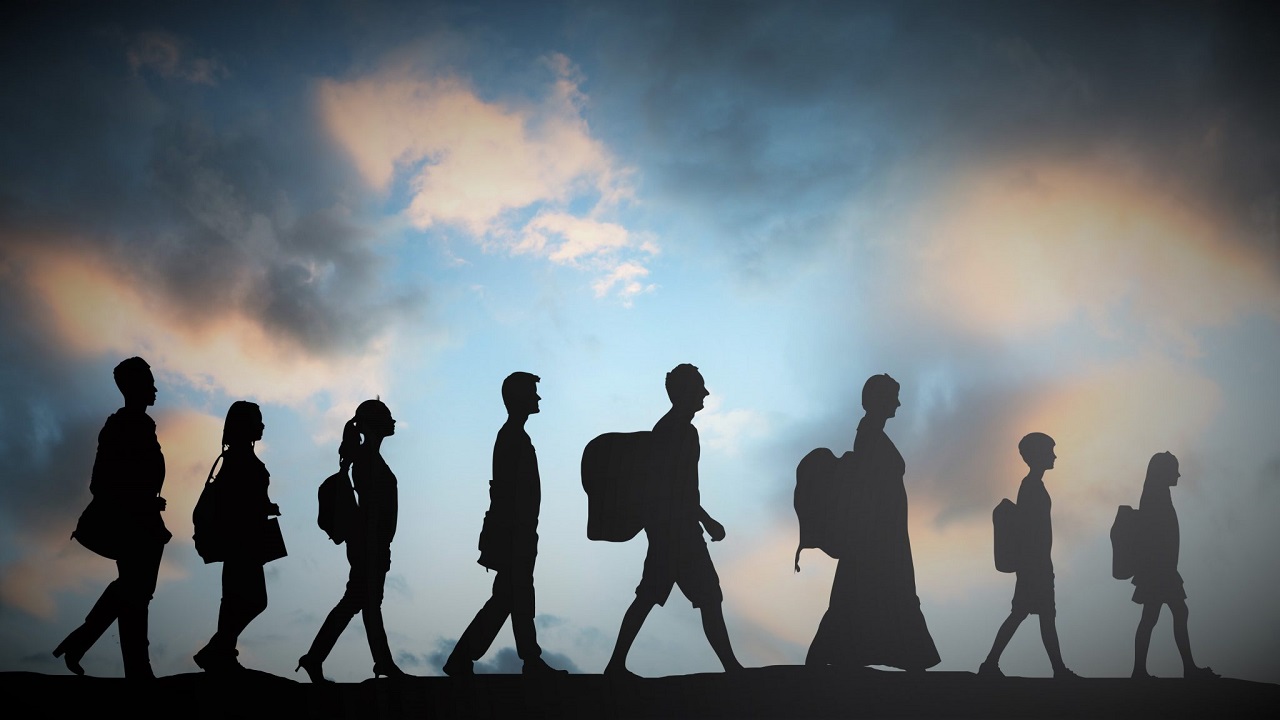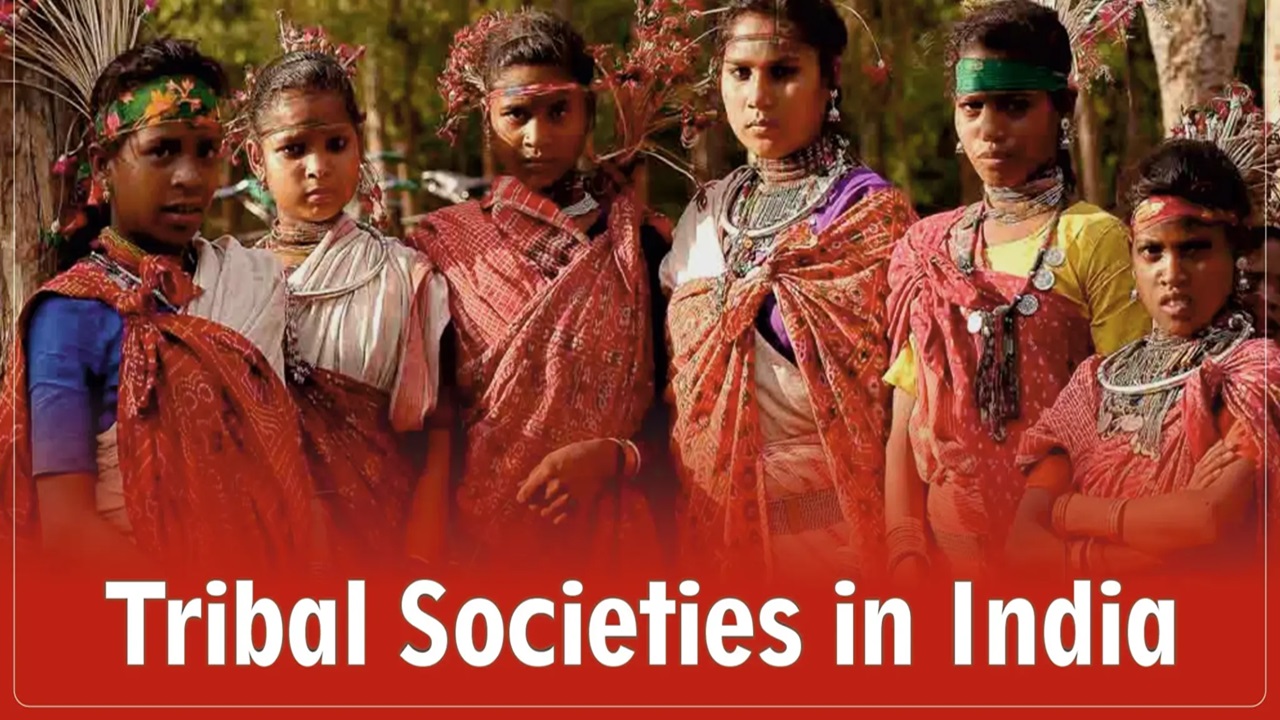Migration Trends in India: Post-Pandemic Shifts and Emerging Challenges
Context
Migration is a key aspect of India’s socio-economic fabric, driven by factors like employment, education, and climate change. The Covid-19 pandemic severely disrupted migration patterns, leading to a large-scale reverse migration from urban to rural areas. Five years later, migration trends have largely returned to pre-pandemic levels, but new challenges such as climate change, economic transformations, and policy gaps continue to shape migration in India.
Reverse Migration During Covid-19
-
The pandemic triggered an unprecedented urban-to-rural reverse migration.
-
Government estimates indicate:
-
44.13 million people migrated back to rural areas during the first lockdown.
-
26.3 million people returned during the second lockdown.
-
-
Migrants faced severe hardships, including:
-
Wage theft, food insecurity, and lack of healthcare and education.
-
Discrimination, police brutality, and loss of employment.
-
Severe economic strain for families dependent on remittances.
-
Return to Urban Migration and Rural Economic Challenges
-
The rural economy struggled to absorb the returning workforce.
-
MGNREGA provided temporary relief but failed to sustain long-term employment.
-
Key drivers of return migration to urban areas:
-
Rural distress and low wages.
-
Better economic opportunities and urban aspirations.
-
Climate change’s impact on agriculture and allied sectors, leading to distress-driven migration (as observed in Odisha by FAO and IOM studies).
-
Urban Migration Trends and Government Initiatives
-
Urbanization in India is projected to rise, with 40% of the population expected to live in cities by 2026.
-
Government initiatives encouraging migration for economic growth:
-
Smart Cities Mission – Aims to develop 100 cities into modern urban hubs.
-
PM Awas Yojana (Urban) – Provides affordable housing for urban poor, influencing migration patterns.
-
National Urban Transport Policy – Improves mobility infrastructure, facilitating economic migration.
-
Impact on International Migration
-
Challenges faced by Indian emigrants during the pandemic:
-
Job losses, wage cuts, and poor living conditions.
-
Increased health risks and travel restrictions.
-
Despite hardships, remittances remained resilient, sustaining many Indian households.
-
Post-Pandemic Migration Trends:
-
GCC countries remain the primary destination for Indian migrants.
-
Europe is attracting more skilled professionals, with Indians being the largest recipients of the EU Blue Card in 2023.
-
African nations are emerging as employment hubs in IT, manufacturing, and healthcare, though challenges persist (e.g., 47 Jharkhand workers stranded in Cameroon).
-
Healthcare workers from India remain in high demand globally.
Surge in Student Migration:
-
Kerala Migration Survey 2023:
-
Student emigrants from Kerala nearly doubled, from 1.29 lakh (2018) to 2.5 lakh (2023).
-
-
RBI data:
-
Outward remittances for studies abroad peaked at $3,171 million in 2021.
-
-
Geopolitical impact:
-
The Russia-Ukraine war led to a major student crisis.
-
Challenges in Migration Governance and Policy Interventions
Data Gaps in Migration Governance:
-
2021 Census delay has hindered accurate assessment of post-pandemic migration trends.
-
Periodic Labour Force Survey (PLFS) 2020-21 recorded a 28.9% migration rate (a marginal increase from 28.5% in NSS 64th Round, 2007-08), but does not reflect long-term trends.
-
Lack of a comprehensive Indian emigrant database limits policy effectiveness.
Social Security and Welfare Measures:
-
e-Shram Portal (2021):
-
Aims to create a National Database of Unorganised Workers (NDUW) and provide social security benefits.
-
However, lack of awareness and digital access hinder its success.
-
-
One Nation One Ration Card (ONORC) scheme (2018):
-
Helps migrants access subsidized food grains across states.
-
Many still remain excluded due to documentation and implementation gaps.
-
The Kerala Model and Future Policy Directions
-
Kerala Migration Surveys (conducted every five years since 1998) have significantly improved migration policies.
-
Several states, including Odisha, Goa, Punjab, Gujarat, Jharkhand, and Tamil Nadu, have replicated this model.
-
Expanding this approach nationwide would enhance migration governance and improve policy responses.
Conclusion
-
Five years after the Covid-19 crisis, India’s migration landscape is evolving.
-
While urban migration is resuming and international migration patterns are diversifying, new factors such as climate change, global economic shifts, and policy interventions continue to influence movement trends.
-
Strengthening migration governance through data-driven policies and improved social security mechanisms is essential for ensuring migrant welfare and economic stability.




Comments (0)